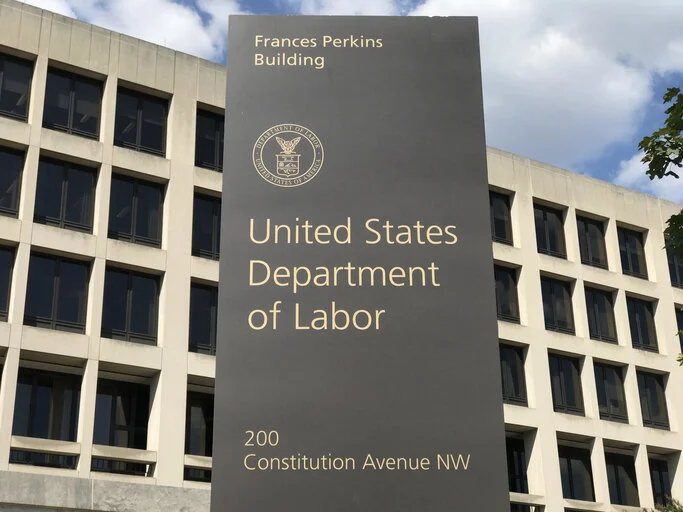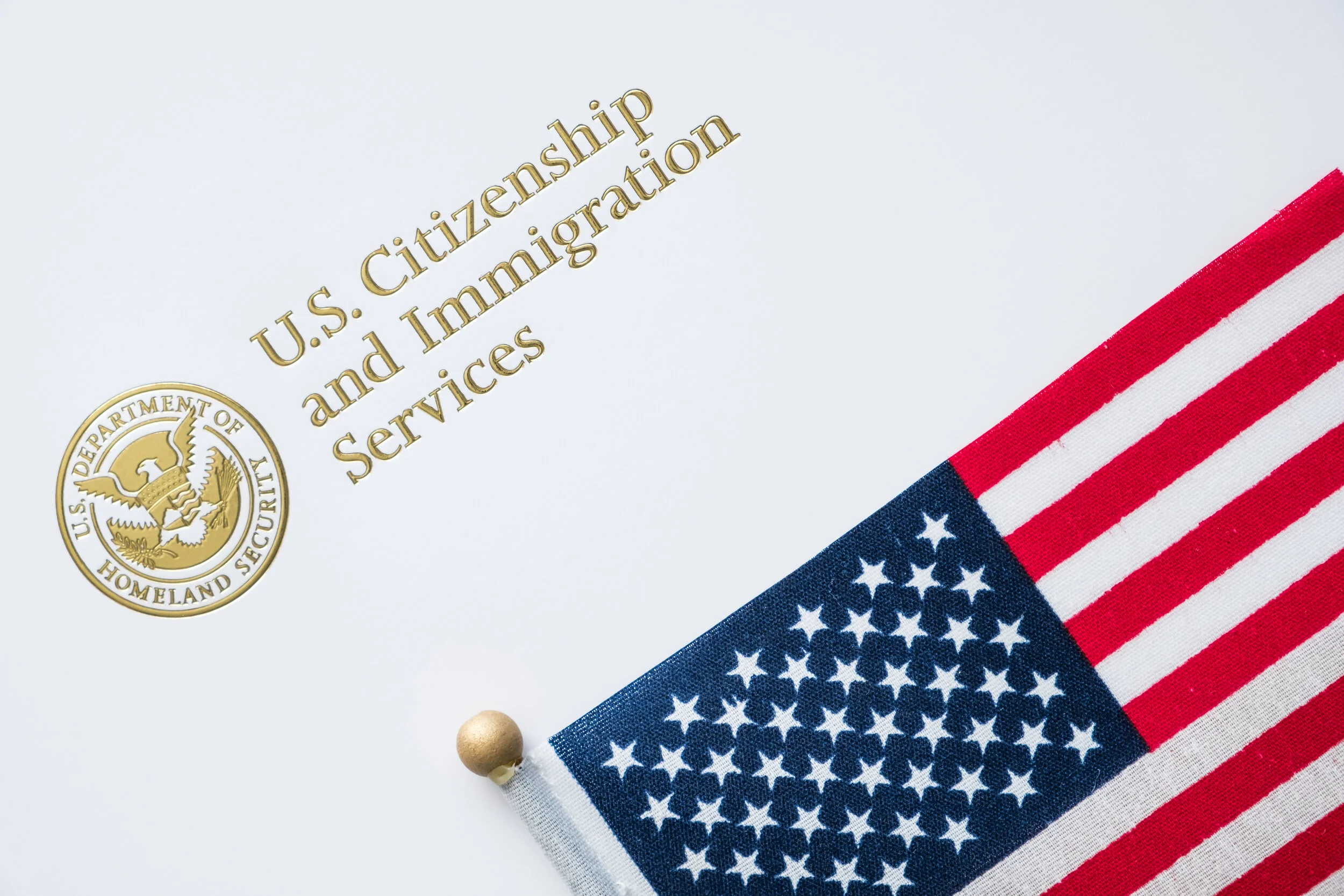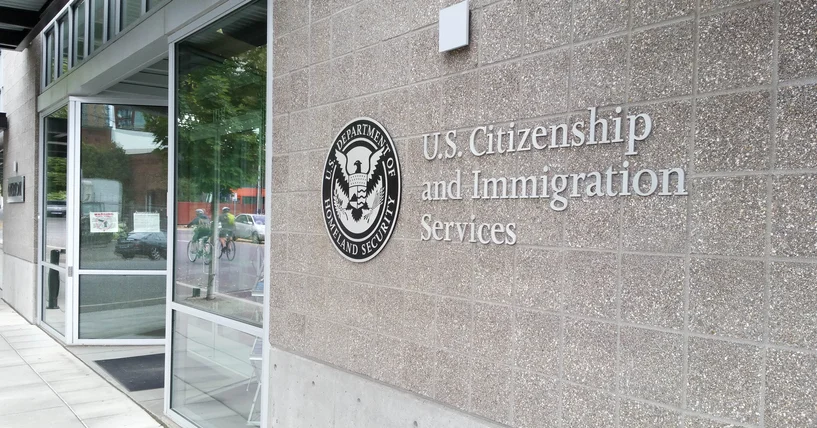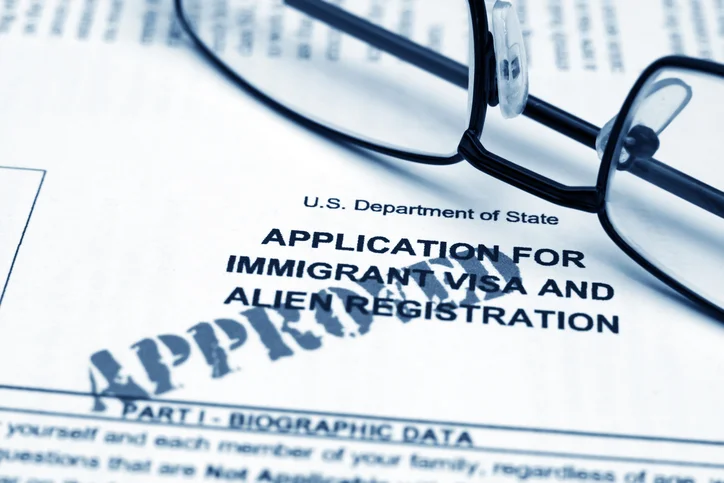According to a notice released on Wednesday this week, the U.S. Department of Labor (“DOL”) plans to adjust the prevailing wage requirements for the H-1B visa and permanent residence process. These adjustments also will affect the E-3 visa for Australian professionals and the H-1B1 visa for professionals from Chile and Singapore.
Read MoreU.S. Citizenship and Immigration Services (USCIS) announced today that it will increase most of its government filing fees effective October 2, 2020, due to budgetary shortfalls. It also will change the premium processing time from 15 calendar days to 15 business days. Finally, it will issue new versions of Form I-129 and Form I-765 in the next 30 days, which also will take effect on October 2, 2020.
Read MoreFollowing the recent U.S. Supreme Court order (5-4), USCIS has updated certain forms to incorporate the new rules for determining whether an individual is at risk of becoming a “public charge.” These new forms take effect on February 24, 2020. Prior versions of the relevant forms will be rejected on or after February 24, 2020.
Read MoreUSCIS announced this week that it will begin redistributing pending naturalization and permanent residence applications from heavily back-logged field offices, such as San Francisco, Los Angeles, and New York, to field offices with smaller backlogs in order to minimize the wide disparity in processing times among the USCIS field offices. This means you could be called in for your interview at an office that is outside your area of residence.
Read MoreThe Department of State (DOS) has issued its July 2019 Visa Bulletin. Overall, there was little movement in most categories this month. For the EB-1 category, Chinese nationals advanced by 75 days while there was no advancement for EB-1 Worldwide and Indian nationals. For the EB-2 category, Chinese nationals advanced by three months while Indian nationals advanced by only five days. Lastly, EB-3 for Chinese nationals moved forward by three months and 17 days, while Indian nationals did not advance, and Philippine nationals are now current.
The Department of State’s monthly Visa Bulletin can be difficult to understand. All those dates and charts and categories are confusing. But knowing how to read the Visa Bulletin is important if you are seeking permanent residence in the United States so you can understand how long you will have to wait before you finally have your green card. The following explanation is specifically for individuals going through the permanent residence process based on employment.
Read More





